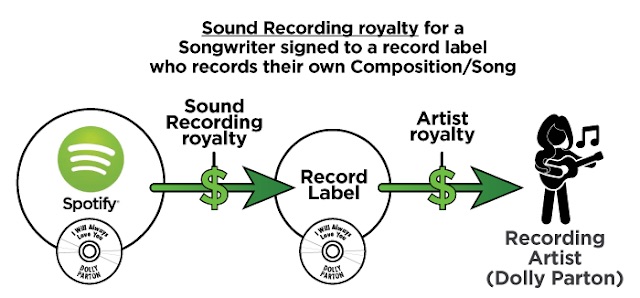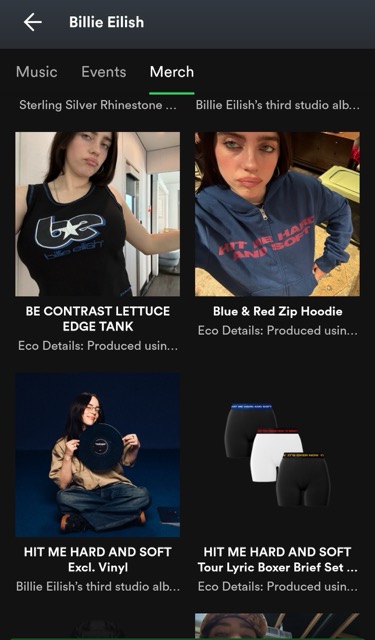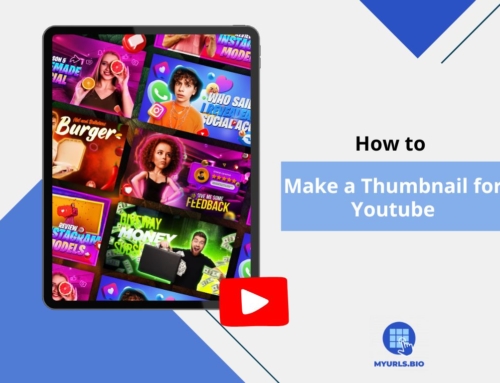With over 345 million active users, Spotify isn’t just a platform for streaming your favorite tunes, it’s also a goldmine for artists hoping to monetize their creativity. Learning how to make money on Spotify can change an artist’s path and future.
Making money on Spotify may sound a bit far-fetched at first for some folks, but once you learn the process, you’ll revolutionize your career.
So, without further ado, let’s look at some tips to help you learn how to make money from Spotify.
Table of Contents
How to Make Money on Spotify
The answer to the question of how can I make money on Spotify is not as straightforward as a mathematic equation, but it’s not complicated at all. You just have to put in the work and use these techniques and the rest will follow. Here are some pointers on how to make money on Spotify:
1. Understanding Spotify’s Royalty System
Spotify’s royalty distribution can be confusing due to its unique pro-rata model, which does not provide fixed rates per stream. Instead, Spotify pools revenue from subscriptions and advertising to pay rightsholders based on their share of total streams. Understanding this is vital in the process of learning how to make money on Spotify.
Spotify pays two primary types of royalties:
- Recording Royalties are paid to the rightsholders of the sound recording, usually through their record label or distributor. This payment structure means that the amount artists receive can vary based on their contractual agreements.
- Publishing Royalties are the payments to songwriters and publishers for the composition of the music. Such payments are typically managed through collecting societies and vary by region.
Additionally, royalties on Spotify are calculated using the “streamshare” model. Streamshare calculation is as follows:
The total number of streams for an artist is calculated against the overall streams on the platform within a given period. This proportion determines the artist’s share of revenue from the royalty pool. For instance, if an artist’s track accounts for 1% of all streams, they would receive 1% of the net revenue.
Ultimately, Several factors can impact how much artists earn, including the country of origin of the streams, whether the listener is on a premium or ad-supported account, and overall streaming trends in specific genres.

2. Effective Music Distribution
For artists looking to monetize their music on Spotify, proper distribution is crucial. This includes using digital music distributors, which help to put music on streaming platforms and manage rights.
Artists can consider platforms such as CD Baby, LANDR, or DistroKid, each presenting unique features. For example, CD Baby is a one-time fee model with broad distribution capabilities. On the other hand, LANDR provides unlimited distribution for a flat annual fee and various promotion tools.
Artists should make sure that the chosen distributor provides services that align with Spotify’s ecosystem, including tools to claim artist profiles.
Additionally, make sure your music is professionally mixed and mastered before distributing it. Quality significantly impacts listener engagement and playlist placements.
Furthermore, try to accurately fill your metadata, including song titles, credits, and descriptions, to optimize searchability and genre classification on Spotify.

3. Utilizing Spotify Playlists
Getting your music added to playlists is one of the most effective ways to increase streams and visibility. Pitch your music through Spotify for Artists at least seven days before release. It is essential to provide detailed information to improve your chances.
Moreover, research and reach out to independent playlist curators. Building relationships with curators can enhance your exposure dramatically. Tools like SubmitHub can simplify the submission process to multiple curators.
Another strategy is to develop playlists that feature your music alongside popular tracks in your genre. Promote these playlists on social media to draw listeners towards your new releases. You can check out how to share Spotify playlists for more detailed information.

4. Merchandising Strategies
Musicians can leverage merchandise sales as a significant revenue stream by integrating their store with Spotify. Use platforms like Printify to create and sell custom merchandise without holding inventory. This allows fans to purchase items directly from your Spotify profile.
Make designs to reflect your brand and music style, enhancing appeal through unique and relevant products.
Also, actively promote merch on your social media channels. Share exclusive offers or limited-time merchandise items to engage your fanbase and encourage purchases.

5. Concert Ticket Sales
Selling concert tickets through Spotify is a crucial avenue for artists to generate income. You can use tools like Bandsintown to manage your concert listings on Spotify, allowing fans to find and purchase tickets easily.
You can also promote ticket sales directly through your Spotify profile where fans can see your music and upcoming shows. Additionally, using live events to create closer relationships with fans can be helpful. Selling tickets on Spotify allows for greater visibility of your shows, potentially leading to increased sales.

6. Engaging with Audiences through Social Media
A robust social media presence can amplify your reach and engagement. Share behind-the-scenes content, music-making processes, and interact regularly with your followers to build engagement.
Collaborate with fellow musicians to tap into their fanbases, effectively exposing your music to new audiences. This can be done through joint songs, shoutouts, and social media campaigns. Check out how to get followers on Spotify to get even more ideas on creating a fanbase.

7. Exploring Podcasting as a Revenue Stream
Podcasts offer an additional platform for artists to connect with fans and produce income. Use ads, listener support, and subscriptions to monetize podcast content effectively. This can create a loyal fanbase and also promote your music.
Create a podcast that reflects on your musical journey, where you discuss your songs or the music industry, enhancing your connection to fans through storytelling.

Conclusion
That’s your guide on how to make money on Spotify with tips and tricks to help you turn those streams into real income. From capitalizing on playlists to selling merchandise and even diving into podcasting, there are so many avenues for you to explore. Remember, the key is to stay engaged with your audience and consistently promote your music while working on your craft.
Keep in mind that learning how to make money on Spotify is a journey. It requires patience, creativity, and a pinch of strategy. So, keep experimenting, stay authentic, and don’t be afraid to take risks.
FAQs
1. Can You Make Money from Spotify Playlists?
Yes, you can monetize Spotify playlists by reviewing song submissions, promoting placements for artists, and creating and selling playlists with a substantial following. However, building a follower count and maintaining high-quality content are essential for profitability.
2. How Much Do Artists Make on Spotify?
Artists typically earn between $3 and $5 per 1,000 streams on Spotify, depending on various factors such as listener location and subscription type. The exact amount can fluctuate significantly due to the platform’s pro-rated payment system.
3. Do I Need a Record Label to Make Money on Spotify?
No, you do not need a record label to earn money on Spotify. Independent artists can distribute their music through digital distribution services and use the platform’s monetization tools. You just need to learn how to make money on Spotify, and you’ll be able to do it solo.









